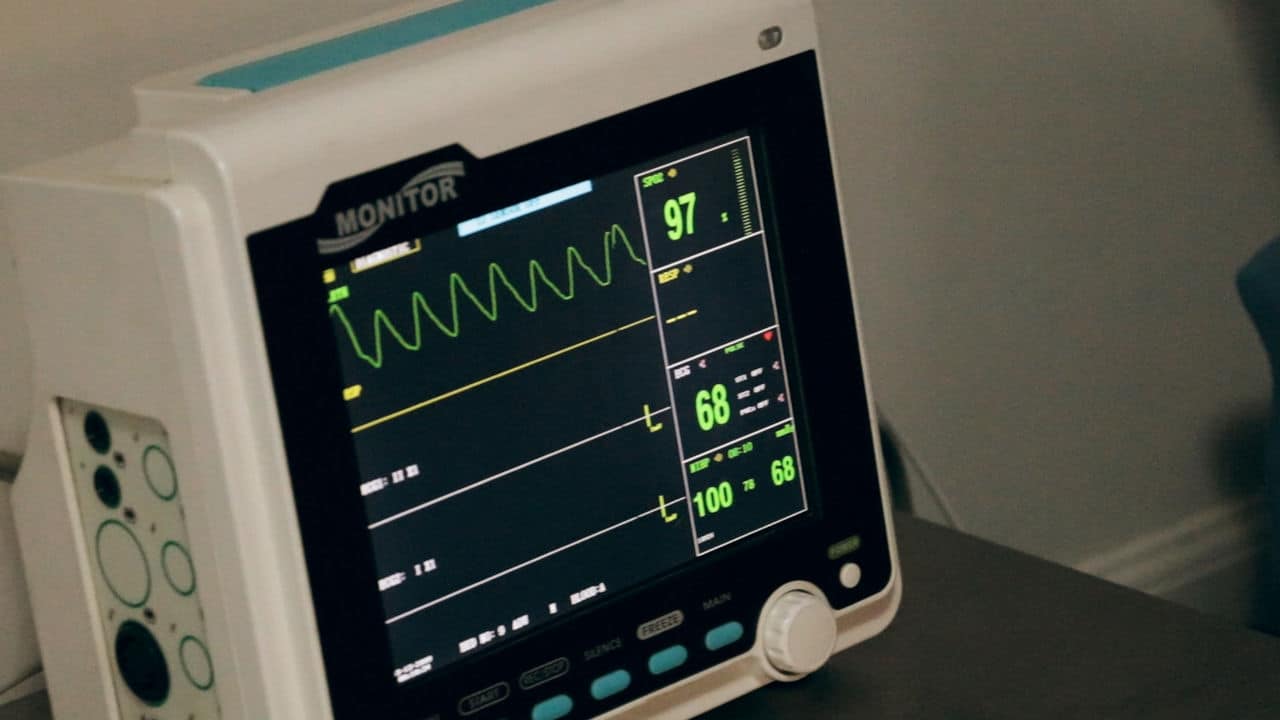Most people’s mental images of a heart attack involve a person suddenly gripping their chest in agony and dramatically collapsing. A heart attack is usually relatively easy to diagnose in that situation.
The issue is that most heart attacks aren’t as spectacular or visible. Most heart attacks are much more subtle. Instead of excruciating agony and grasping at the chest, a heart attack patient presents with more subdued symptoms that are easily confused with other, less severe conditions.
In the US, heart attack (myocardial infarction) remains one of the significant causes of death, with one in every five heart attacks happening undetected; harm is done, but the individual is unaware of it.
According to the Centers for Disease Control and Prevention, approximately 805,000 people in the United States yearly suffer heart attacks. Six hundred and five thousand (605,000) of these are first-time heart attacks, with two hundred thousand (200,000) occurring in patients who have previously suffered a heart attack.
During a heart attack, a blockage prevents blood from flowing to the heart. The obstruction could be a blood clot that moved from one area of the body or developed around an accumulation of cholesterol and fat in an artery.

How Can A Heart Attack Be Wrongfully Diagnosed By Doctors?
If a heart attack is not treated promptly, the patient may suffer severe harm or death. Heart attack patients may be eligible to sue for medical negligence if their doctor misdiagnoses their condition, fails to conduct basic testing, or otherwise fails to provide an appropriate level of care.
Medical animation can also be used to clearly depict accurate facts and ensure that the compensation acquired is appropriate for the harm caused.
The most common places where a heart attack is misdiagnosed are the emergency room and the patient’s primary care physician’s office.
The following are the most frequent reasons why emergency room or primary care physicians may fail to recognize that a patient has experienced a heart attack:
- Unconventional Patient
When determining a patient’s risk of having a heart attack, doctors frequently stereotype them.
Older people with a history of heart disease or concomitant diseases like hypertension or excessive cholesterol are classic heart disease patients. Doctors frequently rule out the chance of a heart attack in young and generally healthy patients.
- Minor Symptoms
In some instances, a heart attack has already happened. Still, the patient’s physical symptoms are so mild and circumscribed that medical professionals do not even evaluate the likelihood of a heart attack.
For example, some heart attack patients have nausea or unusual exhaustion, and doctors never examine for cardiac abnormalities.
- When the patient’s laboratory results are normal
An electrocardiogram (EKG) is a clinician’s typical initial test to diagnose heart attacks. The EKG records and monitors the electrical impulse activity of the heart.
Doctors frequently rule out an impending heart attack when an EKG test results in normal values and search for alternative explanations.
The issue is that an EKG test performed soon after a heart attack may not reveal the condition.
- Misdiagnosis
Minor heart attack symptoms may resemble other, much more prevalent medical illnesses, leading to an incorrect diagnosis.
Acid reflux, bronchitis, heartburn, anxiety attacks, and other common diseases are commonly diagnosed instead of heart attacks.
Proving Heart Attack Misdiagnosis Using Medical Animation
Suppose a heart attack sufferer was injured due to a treatment delay brought on by their medical professionals’ negligence. In that case, they might be eligible to file a medical malpractice claim.
In the case of Fein v. Permanente Medical Group, the plaintiff, after complaining of chest pain, was diagnosed to be having mere muscle spasms. The pain continued, and so did the plaintiff’s complaints. They were all warded off as muscle spasms. It was until the pain became severe that the doctor carried out appropriate tests, discovering that he was suffering from a heart attack. The delay caused Fein to stop work and other recreational activities for years. Ultimately, the case was decided in his favor.
In addition to misdiagnosing a patient, doctors may be held liable for medical malpractice if they fail to follow up on lab results or promptly prescribe or administer treatment, endangering the patient.
Every medical professional must carefully assess their patient’s symptoms and provide care per accepted standards.
If the accepted standards are not followed duly, medical animation can portray the due process and the wrong treatment methods used by the doctor. The harm caused by such negligence can also be depicted.
Conclusion
Medical animation is accepted by many mainly because of its practicability. It is therefore vital to ensure admissibility in court. An outstanding medical animation company can help in this regard.






